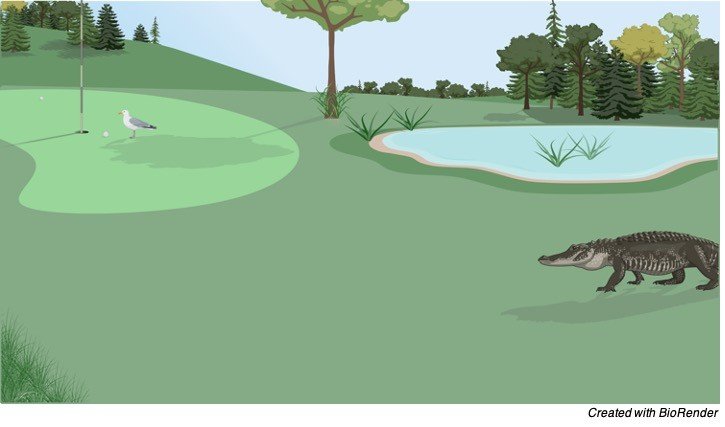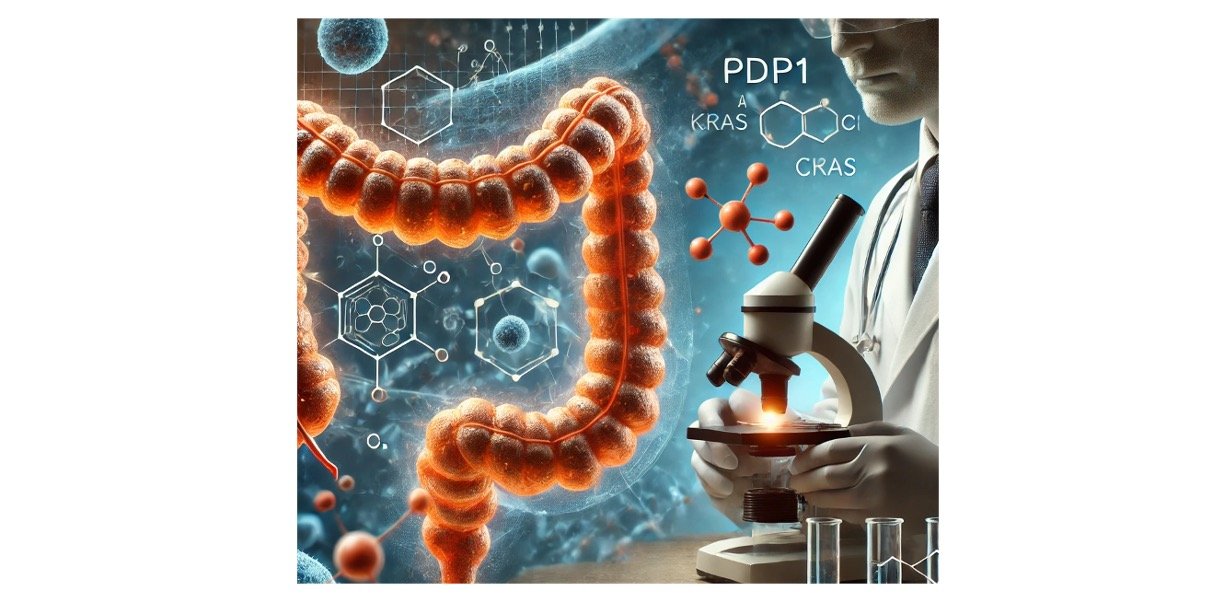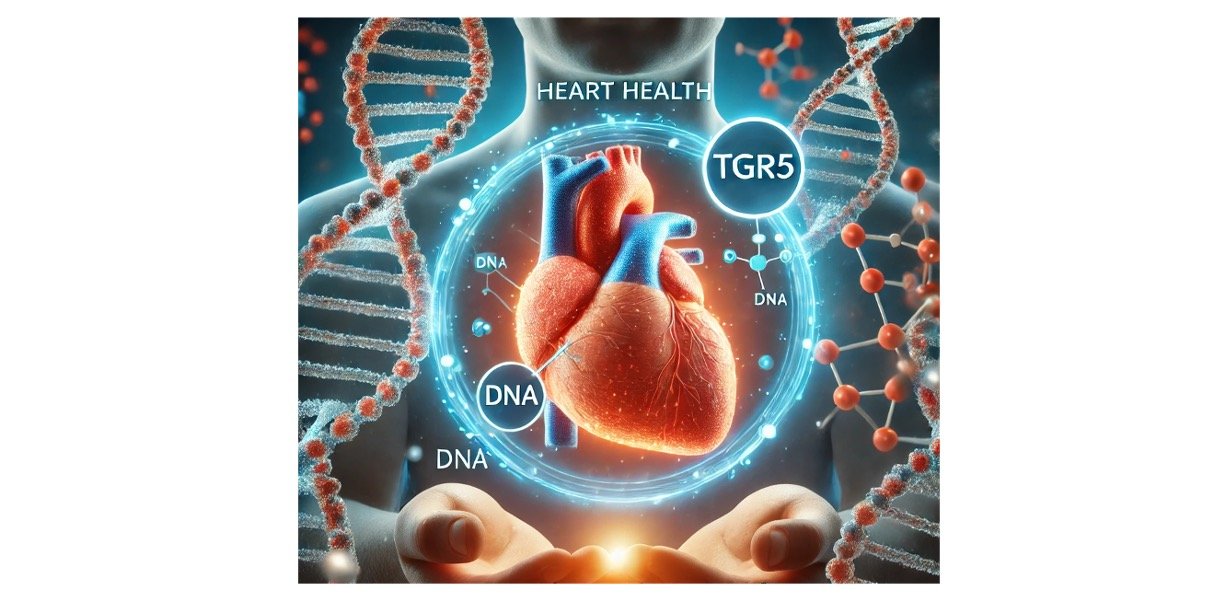Table of Contents
Ecosystem Definition
The word ecosystem originated in 1930 from a greek word, where oikos means house and sustema means organized body. The system comprising of biotic and abiotic components is called as an ecosystem. Both these components work together in unison to complete an ecosystem. All the living things are said to be biotic, whereas the non-living things are said to be abiotic.
Ecosystem can be thought of as the habitat where different organism reside in unison in the habitat. As cell is the fundamental unit of life, ecosystem is also a fundamental unit providing habitat. In simple words ecosystem can be defined as the people residing in the environment. Thus, environment and organism constitutes the ecosystem.
Ecosystem Structure
Ecosystem comprises of two components and they are:
a) Biotic Component: They consist of producers, decomposer, consumers, herbivores, carnivores and omnivores.
b) Abiotic Component: It consist of soil, water, sunlight and air.

a) Biotic Component
All living things are included in the biotic components. Living things can further be characterized into prokaryotes and eukaryotes. Prokaryotes lack nucleus instead have a nucleoid region whereas the eukaryotes possess nucleus along with various other organelles such as mitochondria and chloroplast.
Example of prokaryotes are eubacteria and archaea, whereas eukaryotes example are fungi, algae, plants, protist and others.
In order to prepare food plants, have chlorophyll, thus they can be called by the name producers. Those that feed on feed on producers are called as primary consumers who in turn are the food source for higher consumer levels such as secondary and tertiary.
Example of consumers are animals.
Herbivores are said to be those that feed on plants. Carnivores are the one’s that feed on animals. When herbivores and carnivores are compiled, a term called as omnivore comes out and are those that feed on plants as well as animals.
b) Abiotic Component
Soil, water, air, sunlight, minerals and rock constitute the abiotic component. All these components of abiotic plays a role in ecology.
For example, these compounds could provide nutrition source which is the requirement of many organism for their growth. Other functions are to provide a habitat to reside.
Ecosystem Interaction
Through the nutrient cycles and flow of energy, biotic and abiotic components, are connected and work together as one system. Via photoautotrophs nutrients enter the ecosystem and they are plants and green algae that carry out photosynthesis.
Organism that feed on photoautotrophs are called as heterotrophs. Thus, as we can notice it’s a complete flow of cycle from one organism to the other and as these organism die, they are termed as decomposers and the process is called decomposition. With the decomposition process nutrients reach back to the environment where they are re-used and thus, the cycle continues to proceed.
An example of biotic is Predation, with the increase in the number of predators the number of prey would significantly decrease. Thus, predation increases prey decreases but if other organism except the predators are also dependent on the prey, then it could result in an imbalance to those species.
In abiotic, they can control the population and the number of species. For example, acid rain is usually precipitation of hydrogen ions which is harmful to plants, soil and animals which cannot tolerate low pH. Temperature, salinity, light are other factors of abiotic component.
Types of Ecosystem
There are 4 types of ecosystem and they are:
a) Terrestrial Ecosystem
Terrestrial means land thus, the ecosystem present on land is called as terrestrial ecosystem. Forest ecosystem, dessert ecosystem, tundra ecosystem and grassland ecosystem are some of the examples. Forest system would contain various trees, plants, along with animals.
Plants would become the producers, providing wood and fruits. They also have various other roles such as maintaining the temperature, carbon content and etc. Tropical and temperate climate are most favorable for grasslands. As the area consist of only grass, thus, only grazing animals would be found at such locations.
Example of grazing animals are cattle’s, deer, goats and others. In tundra ecosystem, the area is covered with snow and no trees are seen. In summer and springs the snow is seen melting forming ponds and lakes and flowers blossom.
Lichens are also seen. Tundra ecosystem also has functions such as maintaining the temperature and serving as a water source. The climate in dessert ecosystem is dry and windy. The deserts will contain plants such as cactus, animals such as camels, birds, insects and reptiles.
There are also sand dunes and rocks seen in desert. Desert ecosystems organism have made quite adaptations due to extreme arid conditions, such as camels store water in their body is a type of an adaptation to survive in the particular environment.
b) Freshwater Ecosystem
These are the water bodies ecosystem but not the salty one’s. Such ecosystem inhabit fishes, reptiles, plants, insects, algae, fungi and others. Fresh water ecosystem is of further two types lotic and lentic ecosystem. Lentic means still. Thus, it means the ecosystem with still water. Example are ponds, lakes and puddles.
However, in lakes, various zones are formed such as littoral, limnetic and profundal. The sea shore part of water is called as littoral. Large amount of light can pass through it. The layer beneath the littoral is the limnetic zone where light cannot pass completely. The part where there is complete darkness in limnetic zone is called as benthic zone whereas the zone where little light can penetrate is called as photic zone.
The plants found in these zone vary depending on the plant’s requirement. Lotic means freely flowing. Example of lotic ecosystem is streams and river. Thus, with the moving water force, plants and animals in this ecosystem have adapted themselves.
c) Marine Ecosystem
In this type of ecosystem, the water is supposed to be salty. Example of marine ecosystem are seas and ocean. One of the most abundant ecosystem is the marine ecosystem. Due to large population of algae, marine ecosystem releases huge amount of oxygen which is available to us.
d) Artificial Ecosystem
As the name itself suggests, it is man-made which can be a terrestrial, freshwater or marine ecosystem. Terrarium is a man-made ecosystem. Artificial ecosystems are made for research purpose, conservation and for ecology.
Ecosystem Process
Two process simultaneously occurs in an ecosystem, which are connected to each other and they are the flow of energy and recycling of the material that is left behind. During this process, some energy is stored in the form of ATP while the other is released out in the form of heat. However, as the planet is open, thus, heat cannot be trapped.
i. Energy Flow
In energy flow, productivity is the term which determine the amount of biomass produced in a particular ecosystem. The units of productivity are grams per square meter per day.
Productivity is of two types; primary productivity refers to plants productivity whereas secondary productivity refers to animals. Primary production starts from starts from the green plants such as algae and other plants, which undergo photosynthesis and are the first producers as the flow of energy starts from them.
Chloroplasts traps the energy from the sun which contains chlorophyll, which converts light energy into various energy sources such as sugar. However, animals do not have any organelle as such and thus depend on heterotrophs. Thus, with the photosynthesis plants can prepare their own food using sun and a few inorganic sources.
These energy reserves made by plant are stored which can be later used by other organism who cannot prepare their own food. Thus, in this manner the flow of energy continues to happen from producers to consumers and then to primary and secondary consumers and so on and finally to the tertiary consumers.
Finally, that is followed by decomposers which takes up all the fallen material and gets reused. Thus, the energy flows in this manner.
ii. Biogeochemical or Nutrient Cycling
Through various modes, phosphorous, carbon, nitrogen can enter the chain. For instance, plants taking up such elements from their roots which are present in the soil. In animals it could enter when they eat their prey, which might have these elements present in the nearby vicinity.
The decomposed food which is fallen might start release these elements and could reach the living organism. In terms of decomposition, it could be said that everything fallen off gets reused, thus, planet here could be counted as a closed plants as there is continuous flow of energy.
iii. Community Dynamics
As ecosystem consist of various things which makes it complete, thus they can be called as dynamic. However, a natural disaster could change the dynamics such as volcanic eruption which would result in a bare land, where various species will again start to reside. However, the very first residents are said to be lichens, which will make the place more residable for others.
Succession happens when the position of one dominant species is taken by the other species or its group. This will continue to happen until a balance has been achieved and until any natural calamity has taken place which will again repeat the same cycle, where again colonization of new land is called as primary succession and recolonizing in the same place is called as secondary succession.
iv. Function and Biodiversity
Ensuring the flow of energy and nutrient cycling from abiotic which is sun to biotic factor is the function of an ecosystem. To maintain homeostasis, physical, chemical and biological system work together in unison. Within biodiversity comes the biotic factors.
Ecosystem is said to be healthy when, there is more diversity in biotic components. Thus, the chances of ecosystem will flourish when there is biodiversity within species, thus, improving stability and productivity of the ecosystem.
Ecosystem Examples
i. Deciduous Forest Ecosystem
In deciduous forest, huge number of trees are seen, whose leaves fall off during the season and start to regrow during the season approaching. Falling of leaves is an adaptation made by the plant to protect itself from the cold.
The types of trees seen are maples, oaks, elms, basswoods, beeches, birches and other. The trees found in southern hemisphere is southern beeches. Frogs, salamander, turtles, birds, insect, rabbit, slug, spiders, mice, chipmunks are the various animals found.
ii. Savannah Ecosystem
They are a combination of grassland and woodland. The trees in this ecosystem are quite spread out thus, allowing light to reach the ground. Thus, small plants grow quite well. Thus, a lot of grazing animals are seen in this ecosystem such as cattle’s, goats and sheep.it is said to be an ecosystem in-between the forest, grassland and desert.
iii. Coral Reef Ecosystem
This ecosystem consist of coral reef which are coral polyp’s colonies. Corals always lives in groups and are hard. This is considered to one of most spread out ecosystem because of the diversity. Coral reefs are known by the name rainforest of the sea. They reside in shallow waters. Other organism found with corals are sponges, fish, mollusc, worms, tunicates and echinoderms.
iv. Hot Spring Ecosystem
In a hot spring ecosystem, the water from the spring gets heated geothermally i.e the earths mantle causes the water to heat and the spring water has higher temperature than the nearby vicinity. In such types of ecosystem specific type of organism would only be found such as thermophiles. Thermophiles are those that can survive in extreme heat. The temperature ranges from 45-80℃. The type of species found are thermophilic bacteria ex Legionella, archaea and thermophilic amoeba ex Naegleria fowleri.
v. Micro-Ecosystem
Microsystems are said to be those which are formed in confined spaces but some environmental factors have to be taken care of are called as micro-ecosystem. Ex with a tree a lot of different species live with it such as lichens, insects, plants and other animals. The plants on them itself provide a place to reside for the other animals.
Ecosystem Citations
- Scaling-up biodiversity-ecosystem functioning research. Ecol Lett . 2020 Apr;23(4):757-776.
- A guide to ecosystem models and their environmental applications. Nat Ecol Evol . 2020 Nov;4(11):1459-1471.
- When Do Ecosystem Services Depend on Rare Species? Trends Ecol Evol . 2019 Aug;34(8):746-758.
- Springs ecosystem classification. Ecol Appl . 2021 Jan;31(1):e2218.
Share












